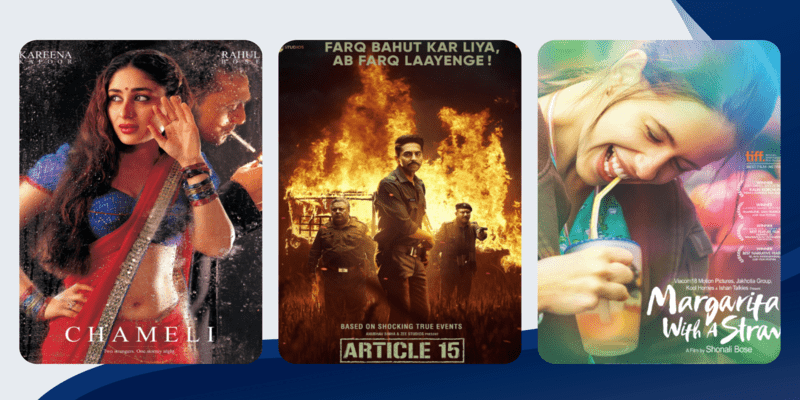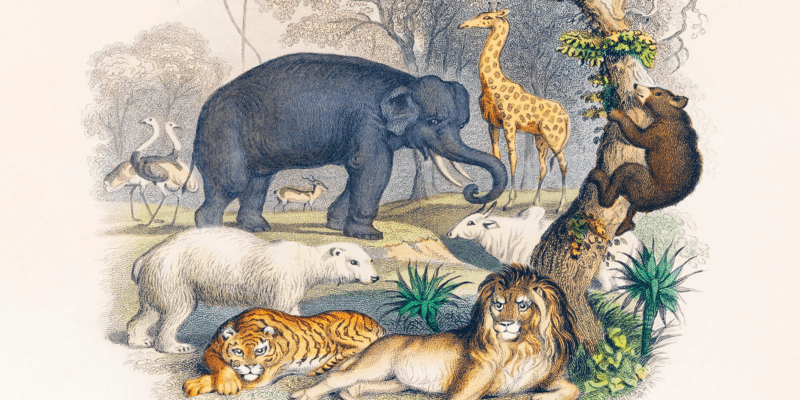Five works of literature that you must read in this lifetime!

Remember that pleasant afternoon during the spring season when a picnic and book reading was on the cards or that chilly winter evening when you were comfortably tucked inside and lost track of time as you were sipping on hot coffee and reading that murder mystery? Yes, this piece is to remind you about the good old reading days. Those who aren’t familiar to that sight just yet, reading this article can be the start of many things to follow. American writer Mark Twain once said, “The man who does not read good books has no advantage over the man who can’t read them.” If this passive-aggressive comment does not initiate you into reading, here’s hoping the under mentioned must-read books will assist you in your reading adventures.
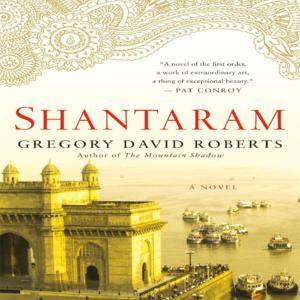
Shantaram by Gregory David Robert
In a lifetime, a person might opt to read several books, but there would be very few that one would find themselves visiting now and then. Written in 2003 by a convicted Australian bank robber and a former heroin addict, the novel is semi-autobiographical and revolves around the protagonist’s exile through India, Africa and Afghanistan. The novel is roughly 900 pages, yet makes for a gripping read as the action-packed plot is tightly knit. Its unnamed protagonist (pseudo name: Lindsay) falls in love with Karla but his love, much like his life, is imperfect. Lindsay learns many languages while living in the slums, works in Bollywood, works for the Mumbai mafia, smuggles weapons and eventually falls into depression. The novel, however, does not end there and depicts his recovery and resolve to turn his life around. The Mountain Shadow (2015) is a sequel to Shantaram and is said to be the second novel in a planned tetralogy. The novel has successfully garnered the attention of several influential production houses in the media industry. As per reports, Warner Bros. bought the rights to the script of Shantaram and the project is still under covers along with a TV series.
“Some people are like that. Some loves are like that. Most loves are like that, from what I can see. Your heart starts to feel like an overcrowded lifeboat. You throw your pride out to keep it afloat, and your self-respect and your independence. After a while you start throwing people out — your friends, everyone you used to know. And it’s still not enough. The lifeboat is still sinking, and you know it’s going to take you down with it. I’ve seen that happen to a lot of people here. I think that’s why I’m sick of love.”
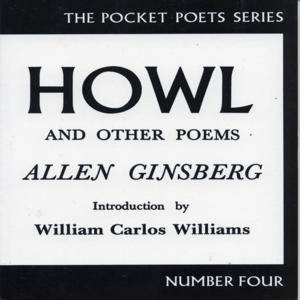
Howl by Allen Ginsberg
Associated with the Beat generation of the United States of America (US) in the 1950s, Howl by Allen Ginsberg is a must-read poem for literature enthusiasts across generations and borders. Originally conceived as a poem of 112 lines, it has an obvious performable essence to it and several artists have given their rendition of the work. The poem is known for its dark and dense imagery that evokes the burning economic, social and mental issues that inflict the 21st century. The poem, on its publication, received backlash and a consequent lawsuit for allegedly being blasphemous and obscene. Hailed as a poem for the outcasts, Howl details on experiences of the homosexuals, drug users, mental health patients and radical political activists. The first two parts of the poem follow the biblical metaphor of goat and Maloch, representing human and capitalism, respectively. The final section, with a refrain, “I’m with you in Rockland,” offers a more hopeful future for the characters and the readers. Due to its dense imagery and socially invested theme, Howl may not be a universal favourite but is an acquired taste.
“I saw the best minds of my generation destroyed by madness.”
“What sphinx of cement and aluminum bashed open their skulls and ate up their brains and imagination? Moloch! Solitude! Filth! Ugliness! Ashcans and unobtainable dollars! Children screaming under the stairways! Boys sobbing in armies! Old men weeping in the parks!”

1984 by George Orwell
Published in 1949, this dystopian text is a masterpiece that almost predicts the realities of the modern states. As the story of Oceania and Big Brother unravels, one is amazed at Orwell’s brilliance and predictions he makes of the future. From surveillance cameras being used by the state to endless war and the implementation of extreme censorship, the novel has it all. It has been adopted across artforms and many popular phrases such as ‘Big Brother’ and ‘2+2=5’ have been derived from the text. For anyone interested in drawing historical and political parallels, the novel unnervingly offers valid examples in the year it was written and even does so until the present day. With the rise of social media, fake news and state repression across the globe, this book may not offer a very hopeful future but it makes for a brilliant read. Despite the magnitude of the plot and varied concepts, Orwell’s mastery over language and narrative is evident.
“It was a bright cold day in April, and the clocks were striking thirteen.”
“Who controls the past controls the future. Who controls the present controls the past”
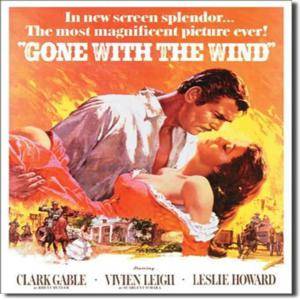
Gone with the Wind by Margaret Mitchell
Gone with the Wind is the second most read book in the US, the first being the Bible. This would explain the fandom that this text enjoys across the globe. Although a heavy read and first published in 1939, the book is still enjoyed by the audiences of different age groups. It is the story of spirited Scarlett O’ Hara and traces her journey of transforming from a rebellious girl to an ambitious woman. The novel is much more than just being a heroine’s bildungsroman; it is about Rhett Butler, whose anti-hero persona has inspired many modern renditions. Set in the era of the American Civil War, the text documents the life of planters and landlords. The realities of O’Hara’s age may have changed now but her indomitable spirit to survive in face of natural, economic and familial adversities gives hope to the modern-day readers. The book has been remade into different art forms and musicals in Europe and the US, including a cult classic film that featured Vivian Leigh as O’Hara in 1947. Gone with the Wind remains one of the few literary texts to enjoy equal praise from scholars and the general public.
“My dear, I don’t give a damn.”
“I’ll think of it tomorrow, at Tara. I can stand it then. Tomorrow, I’ll think of some way to get him back. After all, tomorrow is another day.”
“With enough courage, you can do without a reputation.”
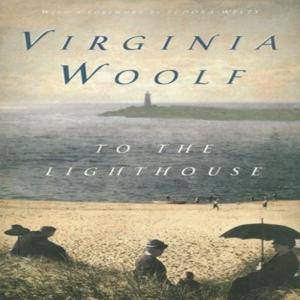
To the Light House by Virginia Woolf
To the unseasoned readers, Virginia Woolf, much like James Joyce who was the chief exponent of ‘Stream of Consciousness’, is not an easy read. To the Light House has no significant dialogues or evident plot development as it is more of a psychological journey told from multiple perspectives. The story revolves around the Ramsay family, their disintegration and final coming together, albeit incompletely so. Divided in three parts, the novel makes for an interesting experimentation with the ideas of differing perceptions of reality and charts a course of nearly a decade within the plotline. The novel is said to be inspired by the author’s life as she lost her mother at a young age and was raised by her father and her sister. Much like the Lighthouse in the novel that the family sees as a point of union, the Stephen’s (Woolf ’s maiden surname) too, had a holiday retreat that they would often visit while her mother was alive. The novel can be read as Woolf ’s wishful thinking where she is able to unite her disintegrated family through the medium of fiction.
“The very stone one kicks with one’s boot will outlast Shakespeare”.
“It was odd, she thought, how if one was alone, one leant to inanimate things; trees, streams, flowers; felt they expressed one; felt they became one; felt they knew one, in a sense were one; felt an irrational tenderness thus (she looked at that long steady light) as for oneself”.


